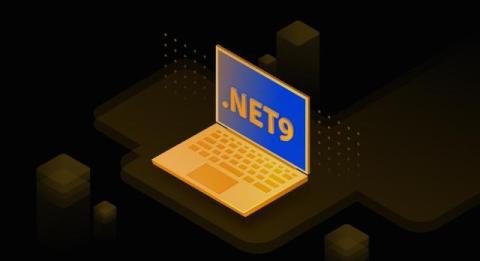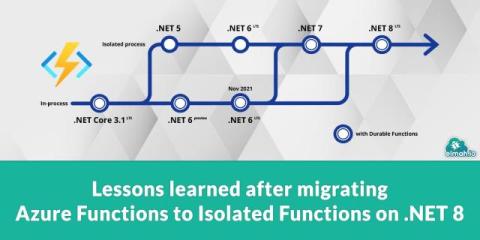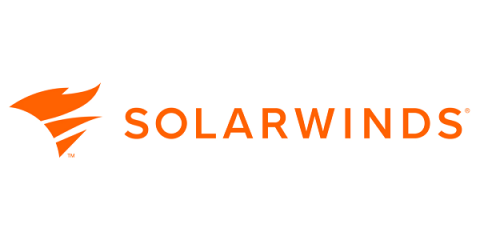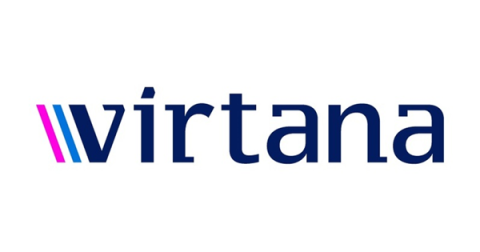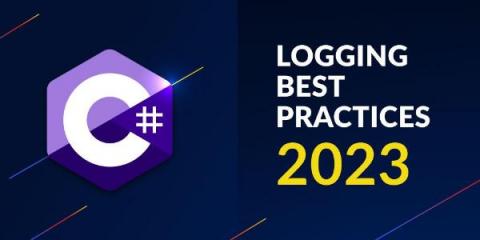.NET 9 Preview Rolls Out: What's New?
.NET 9 will be released this November, featuring versatile performance and security upgrades, C# syntax enhancements, and new LINQ methods along with the.NET Aspite stack for cloud-native development, ML.NET for extended AI capabilities, and an array of other handy updates. However, while we are still one month away from the official.NET 9 launch, its Preview version is already here, giving developers an early look at the latest advancements. Keep reading to explore the upcoming improvements in detail.


